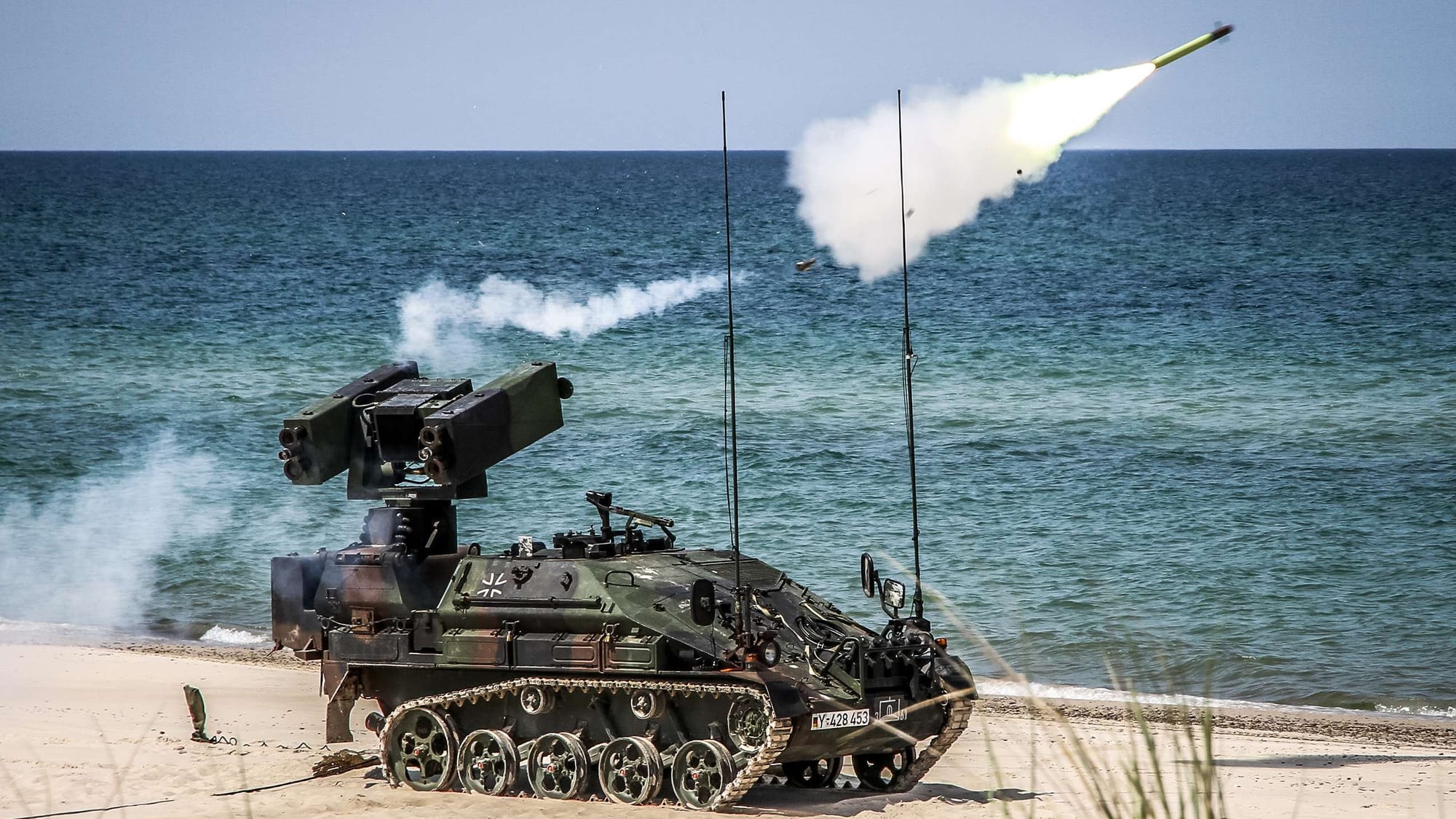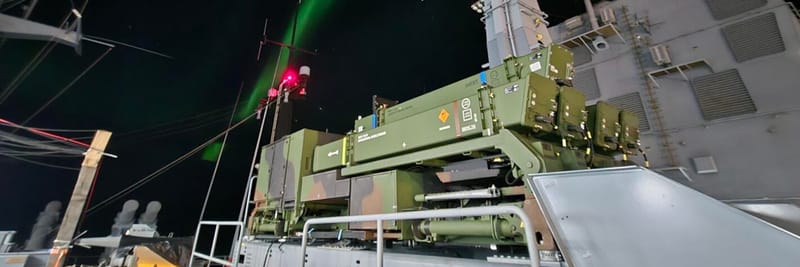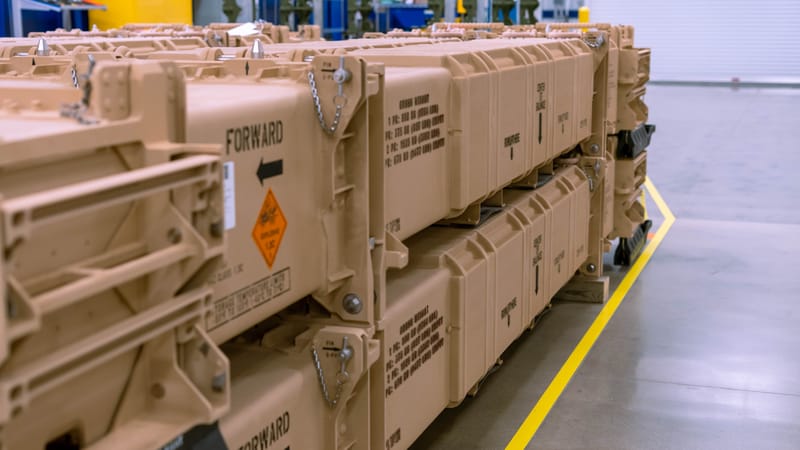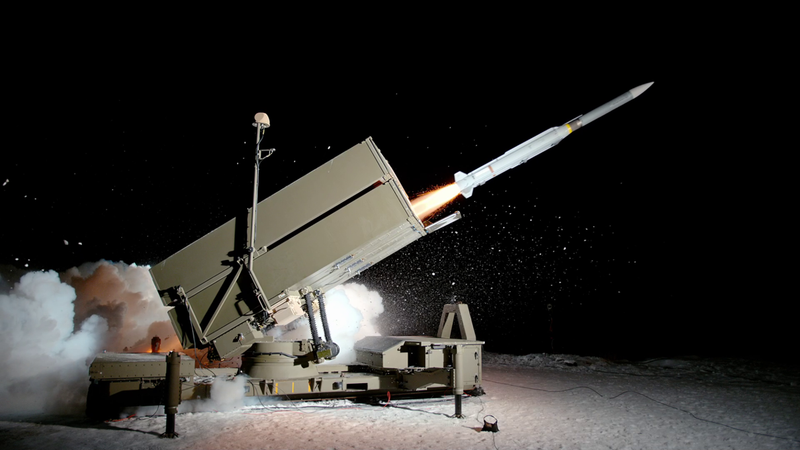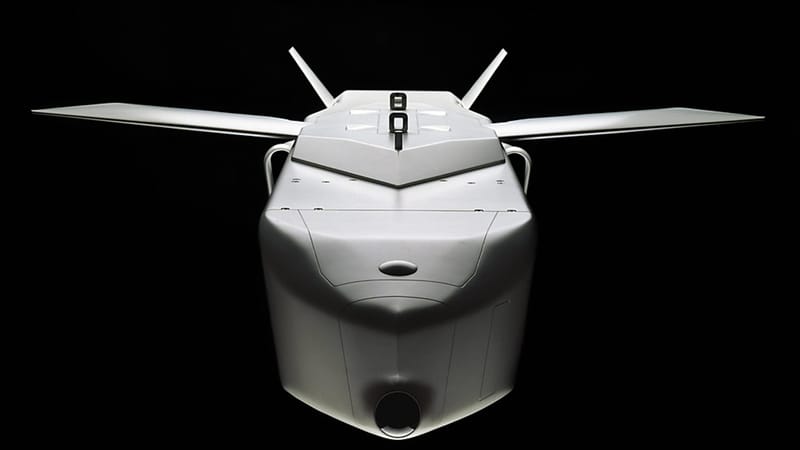Bundeswehr Upgrades ASUL: HENSOLDT Integrates AI-Driven Sensor Fusion and C2
C-UAS | GERMANY | SENSOR-EFFECTOR INTEGRATION
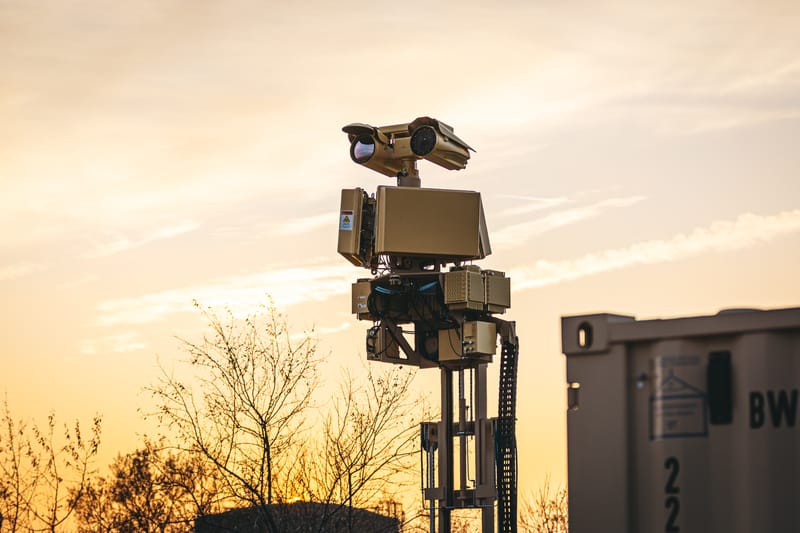
TL;DR – Germany is reinforcing its drone defense architecture by upgrading ASUL, a modular C-UAS system, with AI-enhanced command-and-control and integrated sensor fusion. This matches a broader NATO-wide shift toward interoperable, software-driven air defense layers. It positions HENSOLDT—and by extension, the Bundeswehr—at the forefront of adaptive counter-drone systems designed for both domestic and expeditionary threats.
Why it matters:
- Signals Germany’s transition to AI-supported, real-time threat response in air defense.
- Strengthens multi-domain situational awareness at a time of increasing sUAS saturation.
- Anchors Bundeswehr doctrine in networked, scalable C2 architectures, aligned with emerging NATO standards.
- Adds a modular node to Europe's distributed, interoperable defense ecosystem.

Taufkirchen — On 15 May 2025, the German Federal Office for Bundeswehr Equipment, Information Technology and In-Service Support (BAAINBw) commissioned HENSOLDT to deliver a new capability upgrade for the ASUL counter-unmanned aircraft system (C-UAS). The enhancement will deepen integration of modular sensor-effector architectures, reinforcing Germany’s layered air defence posture against low-cost drone threats.
Developed by ESG Elektroniksystem- und Logistik-GmbH, a HENSOLDT subsidiary, ASUL has been in service with the Bundeswehr since 2022. Designed to detect, classify, and neutralise small unmanned aircraft systems (sUAS), ASUL combines passive and active radar, electro-optical sensors, and a scalable range of effectors into a modular, networked platform.
Software-Led Expansion
HENSOLDT will now expand ASUL based on operational feedback and emerging threat trends, aligning it more closely with Bundeswehr operational requirements. The upgrade includes integration of Elysion Mission Core, HENSOLDT’s AI-powered decision-support engine, which fuses sensor inputs in near-real time and offers automated response options—enhancing response speed, reliability, and command coordination.
“With ASUL, we are closing critical gaps in drone defence by offering a field-proven, scalable solution that adapts to both military and security-force needs,” said Daniela Hildenbrand, Head of Counter-UAS Solutions at HENSOLDT. “Our Elysion Core ensures command-and-control superiority in a highly dynamic threat environment.”
🔍 Context: Radar as the Core of C-UAS Systems
The ASUL upgrade draws on key advancements in multi-sensor radar architectures—from passive detection to AI-optimized threat classification. For an in-depth look at the technologies underpinning modern systems like ASUL, read our deep dive:
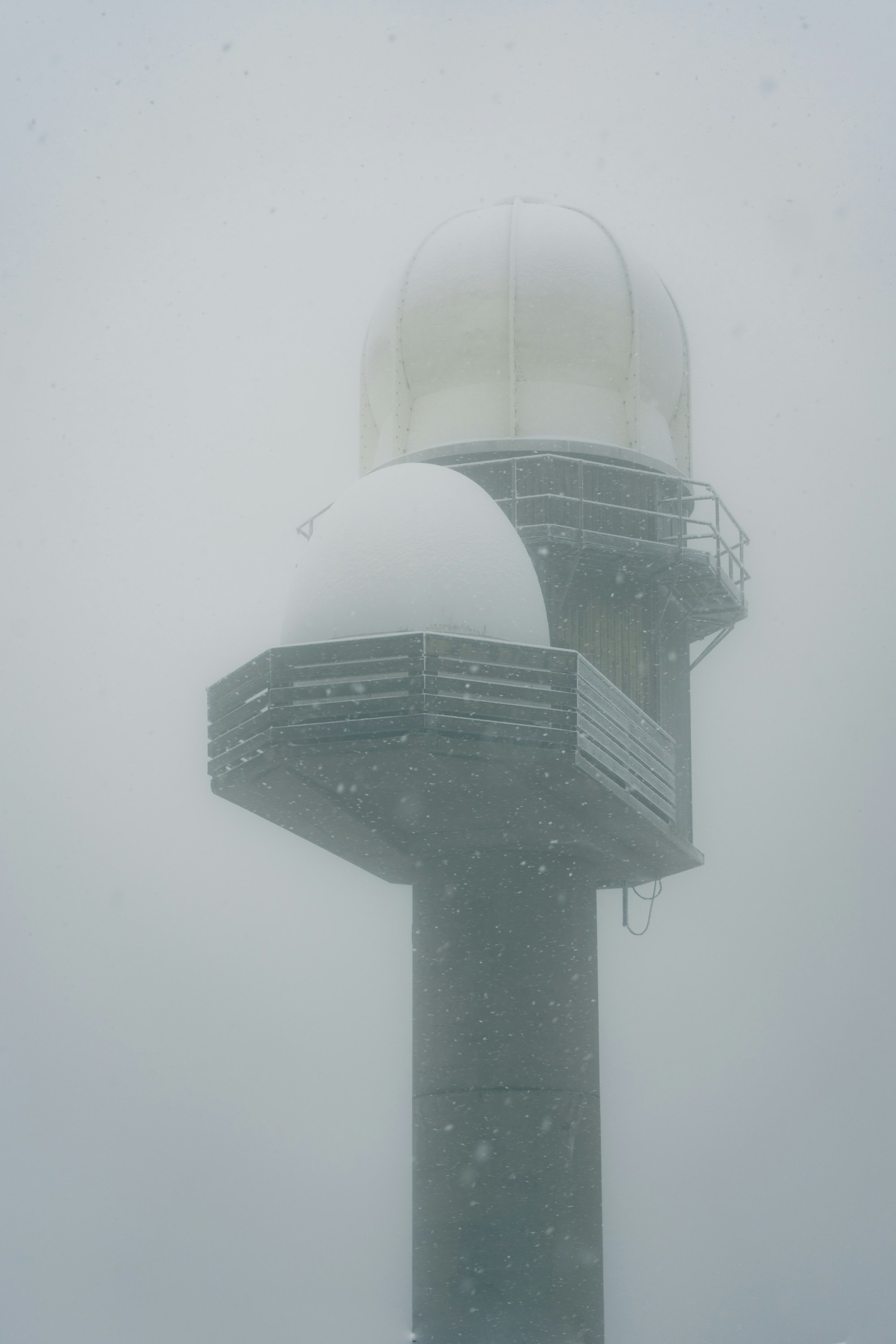
Deployment History and Strategic Role
ASUL’s earlier deployments include support roles at the G7 Summit in Elmau (2015), where it demonstrated multi-layered surveillance and interdiction capabilities in a civil-military context. The upgraded version will contribute to Germany’s broader transition to a digitally networked, integrated air defence architecture, spanning both domestic and forward-operating environments.
Related Stories on the European C-UAS Momentum
ASUL’s expansion fits into a continental trend toward adaptive, scalable C-UAS systems. This shift is mirrored in NATO-aligned developments in multi-tiered, software-defined air defence.
